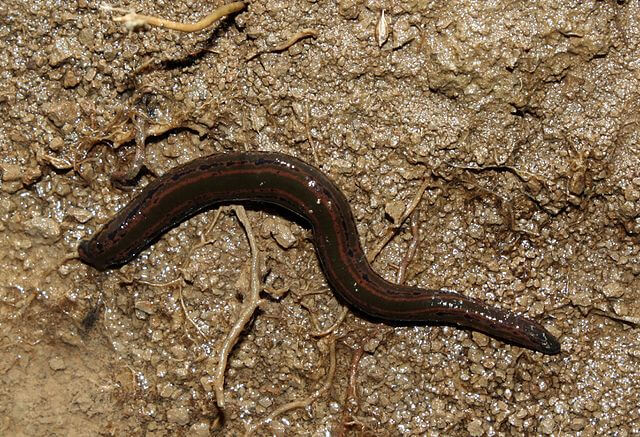
The discovery of the medicinal leech, one of Scotland’s rarest invertebrates, in Dumfries and Galloway marks a significant moment as it had never been confirmed in the region before.
Located in three ponds near Carrick Shore on the Solway Coast, this finding places Dumfries and Galloway among just three known regions in the country where medicinal leeches are present.
The confirmation, part of Buglife’s Species on the Edge conservation program, is based on sightings by local naturalist Bob Merritt, following unverified records from 2005 and 2008.
Medicinal leeches, once utilised across Europe for bloodletting treatments, can grow up to 20cm, making them one of the UK’s largest native leeches. They inhabit various freshwater environments, including ponds, lochs, ditches, wetlands, and streams.
In Scotland, they are recognised by their dark brown or black upper side with yellow-grey stripes and a speckled underside.
Feeding on blood from various sources like cattle, deer, amphibians, fish, and birds, they have a peculiar feeding pattern, indulging only every three to 12 months, with a potential lifespan of up to 20 years.
Historically widespread, medicinal leeches now persist in only three Scottish areas: mainland Argyll, Islay, and the newly confirmed Dumfries and Galloway site.
Their decline is due to historical overharvesting for medicinal purposes during the late 18th to early 19th century, as well as habitat loss and freshwater pollution
Buglife conservation director, Craig Macadam, said “Medicinal leeches have an important place in our medical history but are now one of the rarest invertebrates in Scotland.
“The discovery of three new sites for this species in Dumfries and Galloway is incredibly important and gives us hope that further sites are discovered for this incredible species in the future.”
Buglife, in collaboration with the Royal Zoological Society of Scotland (RZSS), is taking proactive measures to conserve the medicinal leech.
A captive breeding program, the first of its kind in Scotland, is underway at the Highland Wildlife Park in the Cairngorms National Park. The goal is to breed and reintroduce these leeches into the wild, addressing the challenges posed by habitat loss and freshwater pollution and safeguarding this unique species from extinction.
——————————————————————————
At Natural World Fund, we are passionate about stopping the decline in our wildlife.
The decline in our wildlife is shocking and frightening. Without much more support, many of the animals we know and love will continue in their decline towards extinction.
When you help to restore a patch of degraded land through rewilding to forests, meadows, or wetlands, you have a massive impact on the biodiversity at a local level. You give animals a home and food that they otherwise would not have had, and it has a positive snowball effect on the food chain.
We are convinced that this is much better for the UK than growing lots of fast-growing coniferous trees, solely to remove carbon, that don’t actually help our animals to thrive.
This is why we stand for restoring nature in the UK through responsible rewilding. For us, it is the right thing to do. Let’s do what’s right for nature!
Donate today at https://naturalworldfund.com/ and join in the solution!

